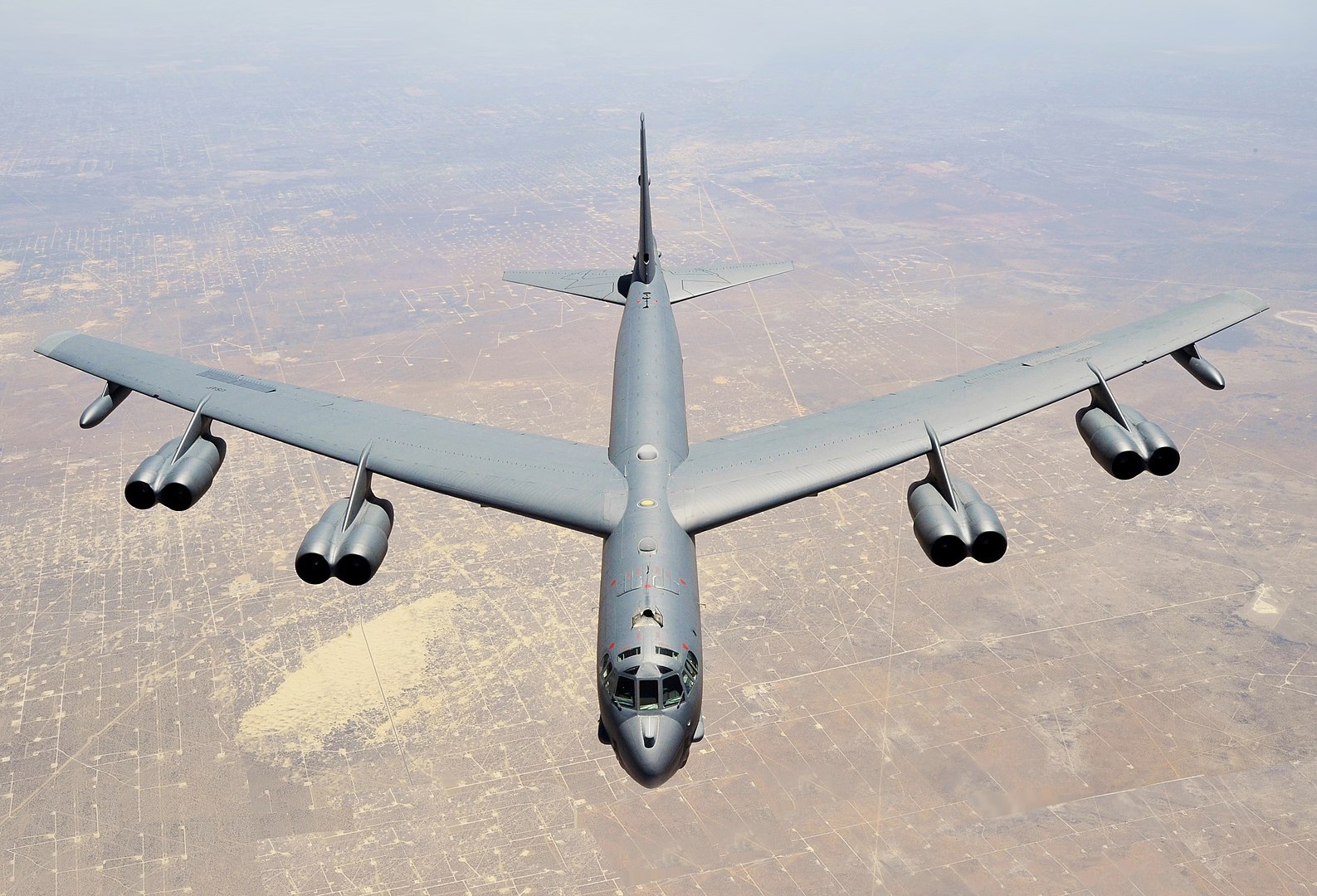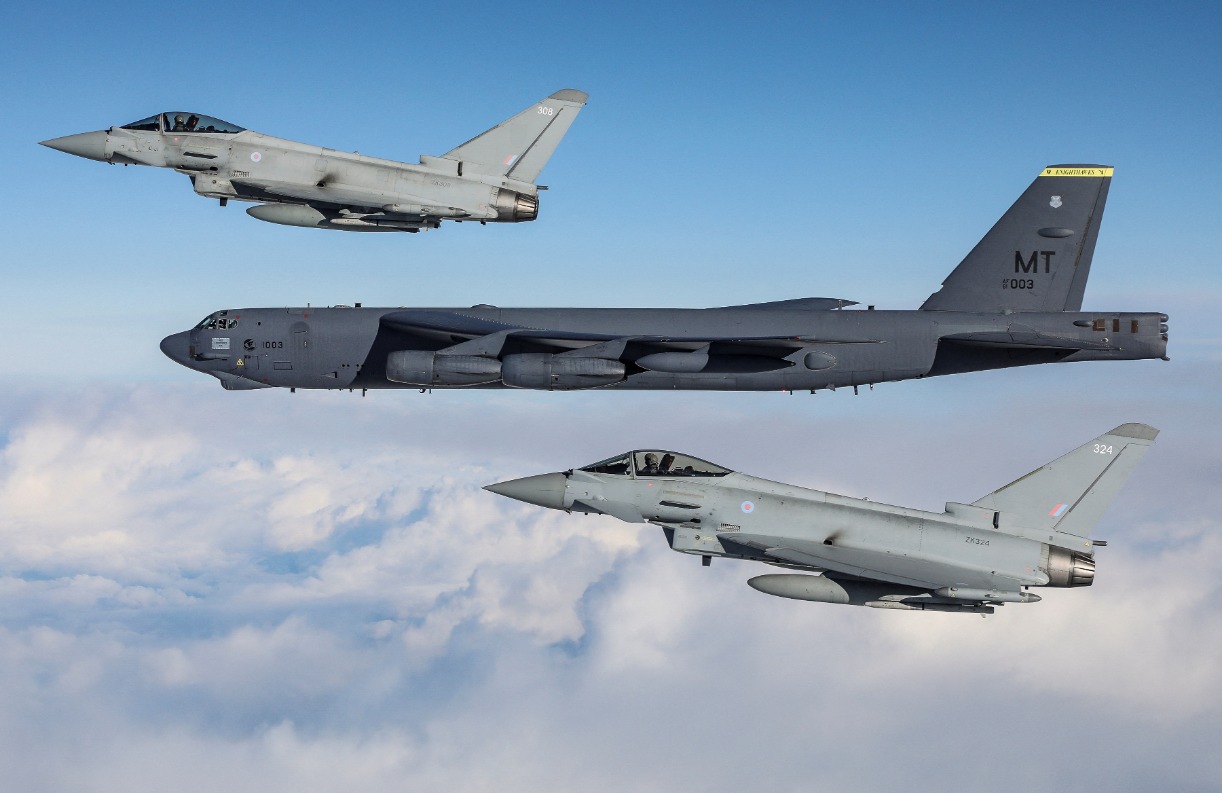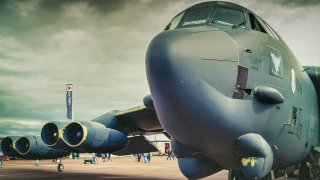The U.S. Air Force's 'New' B-52J Bomber Has Rolls-Royce Engines
The B-52 Stratofortress, the gold standard of long-range strategic bombers, will receive Rolls-Royce F130 engines, enhancing its longevity. The B-52s with these new engines will be known as the B-52J.
Summary: The B-52 Stratofortress, the gold standard of long-range strategic bombers, will receive Rolls-Royce F130 engines, enhancing its longevity. The B-52s with these new engines will be known as the B-52J.

-The U.S. Air Force began testing these engines, chosen for their reliability and fuel efficiency, at NASA’s Stennis Space Center.
-Derived from the Rolls-Royce BR family, the F130 engines will power the B-52 into the 2040s.
-The modernization is significant enough to warrant a redesignation to B-52J.
-The engines will be produced in Indianapolis, with the first upgraded bombers expected to enter service later this decade.
From Cadillac to Rolls-Royce: B-52J Stratofortress Engine Upgrade
In the United States at least, the idiom "The Cadillac of…" is meant to denote it being of the highest quality or simply the best around. In many ways, the B-52 Stratofortress remains the Cadillac of long-range strategic bombers. Newer and more advanced aircraft have come along, but the B-52 remains the gold standard of bombers – which explains why it could see a century of service.
So there is some irony that it will be receiving Rolls-Royce engines!
That's not a joke, nor is it hyperbole. The engines aren't just good; they're truly made by Rolls-Royce. In March 2023, the United States Air Force began testing the Rolls-Royce F130, which was selected in 2021 to replace the existing engines as part of the Stratofortress modernization effort's Commercial Engine Replacement Program (CERP).
The testing of the engines has been underway at the NASA Stennis Space Center in Mississippi.
The F130 was derived from the Rolls-Royce BR family of commercial engines that are used in a variety of aircraft around the world. The engines have been employed in more than 30 million hours of operation, and in addition to their high-reliability rate, the F130 is noted for its fuel-efficient design.
Each B-52 is powered by eight engines in four pods. More than 600 engines are expected to be delivered to the United States Air Force, and those powerplants will keep the bomber flying into the 2040s and beyond. The engines will be produced by Rolls-Royce North America at its facility in Indianapolis, Indiana.
The replacement engines have been a long time coming. Boeing, maker of the B-52 has explored replacing the original Pratt & Whitney TF-33 engines since the 1970s. The Air Force rejected the idea, arguing that replacing the engines would cost more than keeping the existing ones. However, the service finally changed course, due in part to the fact that Air Force officials had failed to take into account the increase in fuel costs.
In 2021 Rolls-Royce was awarded the $2.6 billion CERP contract to finally replace the aging engines.
New Engines – New Designation: Enter the B-52J Bomber
The B-52 has seen numerous upgrades in recent years, but none were so great that the U.S. Air Force believed it warranted a designation change to the bomber. However, CERP has, in fact, been seen as significant enough that the service announced last year that once completed, the aircraft would be redesignated the B-52J.
Part of the reason for the redesignation is that swapping the engines has required some retooling of the aging bombers.
Boeing and Rolls-Royce utilized state-of-the-art digital engineering tools to best determine how to incorporate the engines in the old warbirds. The engine maker created digital maps of the massive bombers, which allowed engineers to map models of the new engines to conclude how these would interact with other components and systems. It further involved the two companies trading digital models to aid engineers, who could ensure that the F130 would fit precisely inside the B-52 nacelles while also determining where newly added components could be placed.

As previously reported, the upgraded B-52J is expected to be in service – with the new engines and other upgrades – later this decade.
Author Experience and Expertise: Peter Suciu
Peter Suciu is a Michigan-based writer. He has contributed to more than four dozen magazines, newspapers, and websites with over 3,200 published pieces over a twenty-year career in journalism. He regularly writes about military hardware, firearms history, cybersecurity, politics, and international affairs. Peter is also a Contributing Writer for Forbes and Clearance Jobs. You can follow him on Twitter: @PeterSuciu. You can email the author: [email protected].
All images are Creative Commons.


